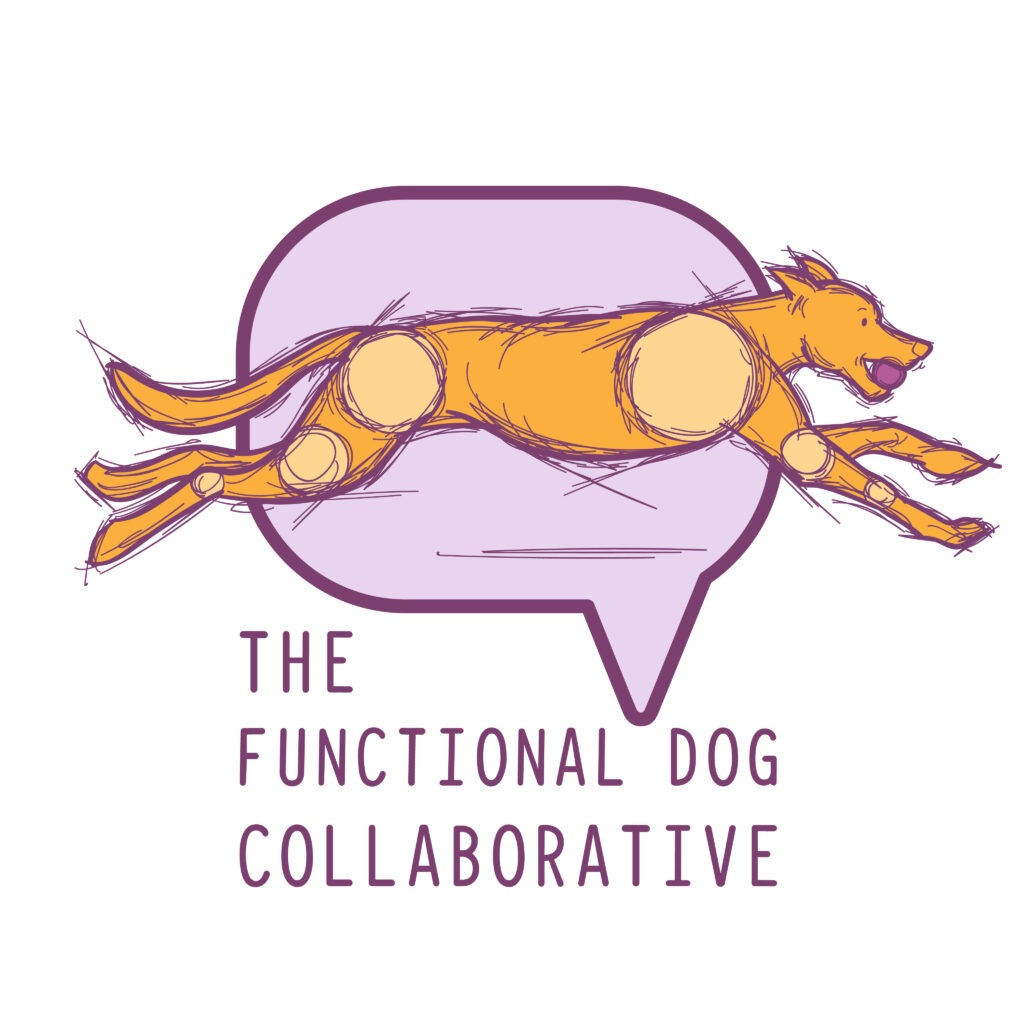Position Statements
Position Statement: Genetic Diversity
The Functional Dog Collaborative (FDC) does not set a hard line at which genetic diversity for a particular breed is “too low.” We do encourage breeders and breed clubs to consider low genetic diversity as a potential contributor to breed-specific problems, particularly in breeds that have been assessed as having less genetic diversity than average compared to a large number of other breeds.
In a closed population, diversity will be lost in every generation. In naturally breeding populations, diversity is maintained mostly by migration in from other populations, and by recombination of existing variation (only possible if there is variation to recombine). Over long time periods, new mutations also maintain diversity, but these time periods are too long to help maintain diversity in dog breeds over even dozens of generations. For an excellent overview of these concepts, see Sources of variation – An Introduction to Genetic Analysis. (Note some of the most relevant part of this text is at the end, so if you’re going to skim, make sure to read the end.)
When we close dog populations, we commit to gradual loss of diversity. We speed the process by breeding only the best (note that “best” as assessed by us is often not what is best for the population) and by over breeding certain individuals (“popular sires”). We can slow the process by assessing diversity and breeding for it, and by crossing different populations within the breed, but we cannot stop or reverse it. If a breed is already in trouble, we may improve a particular litter’s chances for health by breeding for diversity (finding less related dogs to breed), but the breed as a whole will continue to decline until more diversity is brought in.
Decreased diversity correlates with decreased lifespan and fecundity and has been associated with increased risk of genetic disease. These issues will appear at different points in different breeds as diversity is gradually lost. To assess whether a particular population has inadequate diversity, we suggest considering the rates of genetic disease in that population. Does it have more genetic disease than the average purebred? Or better, than the average crossbred dog? Is there a particular genetic disease (cancer, heart trouble, auto-immune) that is diagnosed at higher rates in this breed than others? If so, increasing genetic diversity in the breed may be an important part of the solution to these problems.
Alleles (versions of genes) associated with risk of disease (“disease alleles” or just “bad genes”) contribute to the problems of increased incidence of disease in purebred populations. Inbreeding is just the concentration of particular alleles, which may be good or bad; eventually the burden of “bad” alleles will grow to become problematic. We caution against a single-pronged solution of attempting to isolate and breed out specific disease alleles without also addressing genetic diversity as a whole. For many diseases, a large number of genes contribute to the disease risk. Cancer, heart disease, and auto-immune diseases fall into this category of “complex traits.” Successfully isolating risk alleles and selecting against them is challenging if not impossible, and may lead to the increase in the breed of diseases previously at low prevalence, due to the loss of diversity caused by increased selection pressure.
Some populations by chance manage to have decreased diversity with less disease, though as diversity continues to decrease the chances of increased disease increase. Therefore, breeds with increasing loss of diversity that remain relatively healthy may benefit from preventative outcrossing (see the FDC’s statement on outcrossing).
Higher genetic diversity is associated with higher phenotypic (appearance, behavior) diversity; lower genetic diversity is associated with lower phenotypic diversity. In other words, there is a tradeoff between maintaining a very predictable genotype and maintaining high genetic diversity. The ideal balance point between the two ends of this spectrum will differ based on goals for a particular breeding program and individual preference.
The guiding statements of the FDC say that we encourage breeding to aim for normal rates of disease. We understand that there are groups which have constraints, such as breed club rules, preventing them from embracing the approaches that we recommend. We also understand that different groups have different goals, and that increased rates of some diseases may be tolerated by those groups as a necessary tradeoff to achieve more predictable type. On FDC discussion forums, we encourage constructive conversations about how to outcross, and whether it is right for your individual breeding program. We remind participants in these conversations that different people will make different choices and use different tools to make those choices. Some populations of dogs will be bred with low genetic diversity and high conformity to type; others will be bred with higher genetic diversity and lower conformity to type. We hope that these two types of breeding approaches can be considered complementary to each other, with breeders from each approach sharing stock, on the one hand, when they need to breed closer to a preferred type, or on the other hand, when they need to introduce some genetic diversity without diverging too much from type.

